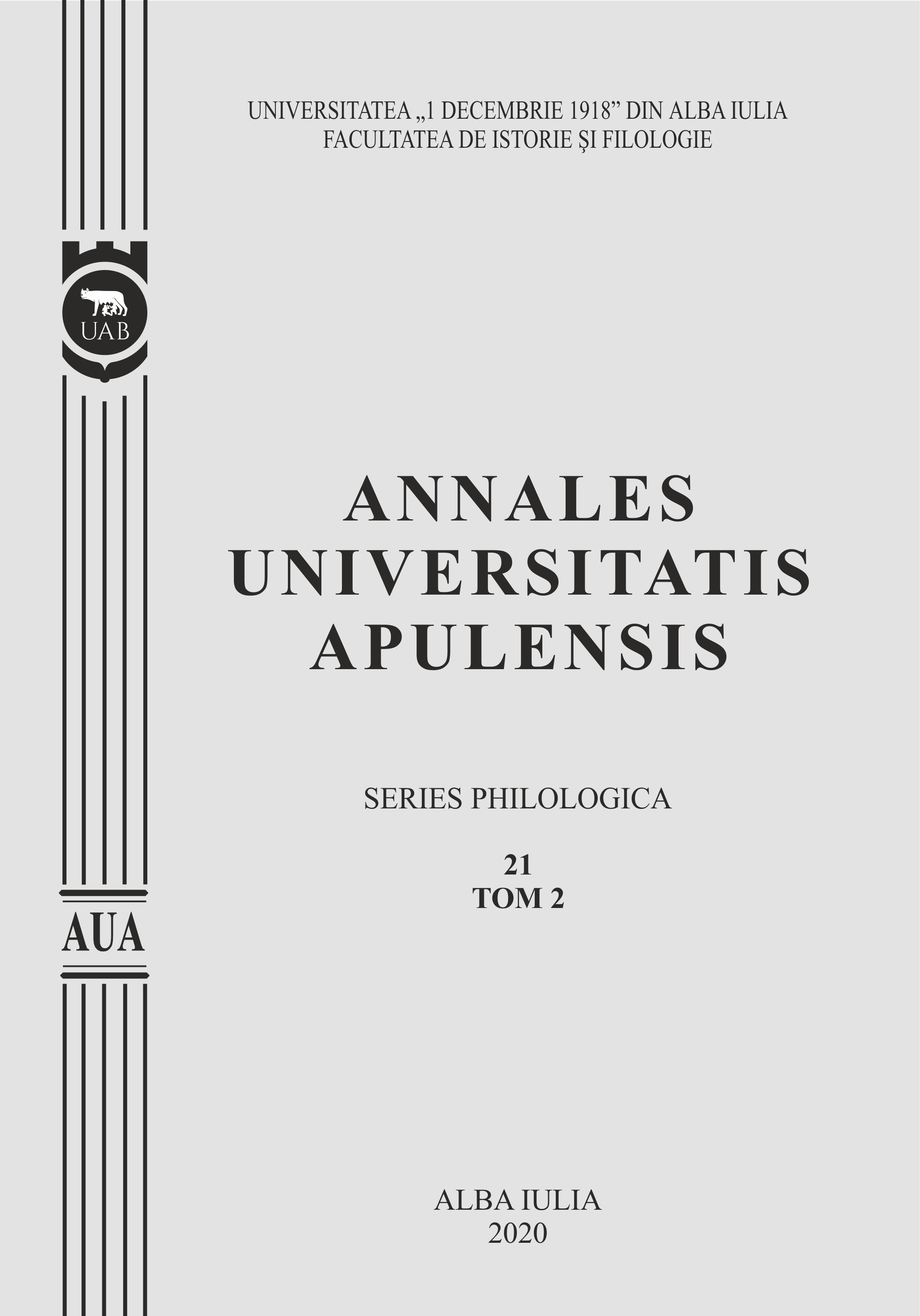DIFFERENT ASPECTS OF LANGUAGE AND CULTURE
DIFFERENT ASPECTS OF LANGUAGE AND CULTURE
Author(s): Gabriel-Dan BărbuleţSubject(s): Language studies, Language and Literature Studies
Published by: Universitatea »1 Decembrie 1918« Alba Iulia
Keywords: Communication; Culture; Cultural Awareness; Cross-Cultural Interaction; Language;
Summary/Abstract: When the main aim of foreign language teaching is to develop students’ ability to communicate effectively and appropriately in various situations, the teaching of culture should facilitate intercultural communication and understanding. How to secure culture a ‘rightful’ place in language teaching has been another ongoing concern for scholars. There seems to be a consensus among them that students’ active involvement is paramount. Once the aims and principles of teaching culture have been determined the issue what the syllabus should contain has to be resolved. The cultural syllabus can be defined and classified using different categories such as topics, topic areas, elements of culture and so on. Although lists of topics may be the easiest way to design a cultural syllabus, this may lead to an unsystematic provision of information. Therefore, chosen topics can be grouped into areas or categories. Learning language is a full-time task in itself. So many teachers may face a question: How to find time for teaching all the important aspects of culture? Second, teachers are not prepared to teach culture. Therefore, they should be familiarised with various techniques and activities that have been developed to integrate culture in language classes.
Journal: Annales Universitatis Apulensis. Series Philologica
- Issue Year: 21/2020
- Issue No: 2
- Page Range: 199-206
- Page Count: 8
- Language: English

